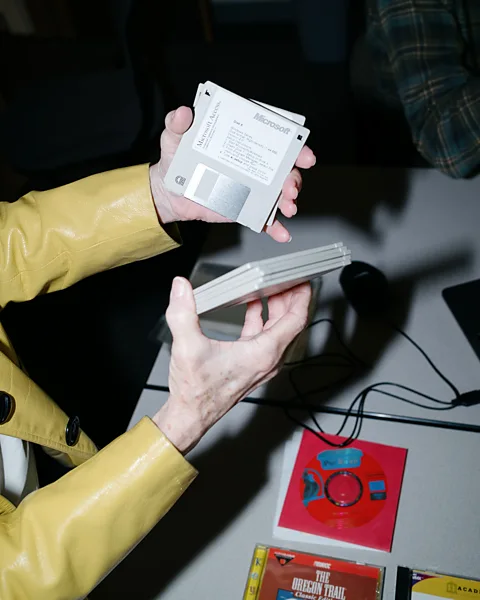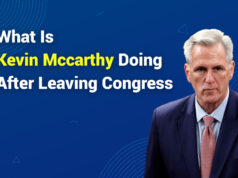Still Booting After All These Years: The People Stuck Using Ancient Windows Computers
The rapid pace of technological advancement often leaves many behind, leading to a peculiar phenomenon: users clinging to outdated software and hardware long after their prime. A striking reminder of this can be found in a New York City hospital elevator, where an operating system that debuted nearly 25 years ago—Windows XP—continues to function amid modern machinery.
This year commemorates Microsoft’s 50th anniversary, a company that once dominated the tech landscape. Although Microsoft has recently re-established itself as a leader, especially with its investments in artificial intelligence, the legacy of its early products persists. The infrastructure it built has left many users facing a daily reliance on antiquated systems, showcasing a fascinating blend of nostalgia and frustration.
A Stitch in Time: The Enduring Nature of Windows
Lee Vinsel, an associate professor at Virginia Tech, aptly describes the situation: “Windows serves as the ultimate infrastructure, explaining Bill Gates’ wealth.” This infrastructure is interwoven throughout society, impacting everything from ATMs to public transportation systems. Even tech-savvy Apple users may find themselves encountering Windows systems in various settings.
The Legacy of Windows in Everyday Life
Many ATMs still run on older Windows platforms, including XP and even the venerable Windows NT from 1993. Elvis Montiero, an ATM technician in New Jersey, notes that upgrading these machines is costly and complex, often leading banks to stick with their reliable yet outdated systems.
Even larger institutions like Deutsche Bahn, Germany’s railway service, are tied to these bygone technologies. They recently advertised for an IT systems administrator familiar with Windows 3.11—a 32-year-old operating system—demonstrating just how entrenched these older platforms remain in critical services. “Our trains have lifespans that extend for over 30 years,” a spokesperson explained, indicating a commitment to maintaining the tried and tested.
| Device/System | Operating System | Year Released |
|---|---|---|
| ATMs | Windows XP/NT | 1993/2001 |
| Trains (Deutsche Bahn) | Windows 3.11 | 1993 |
| Train Control Systems (SFMTA) | DOS | 1980s |
| Printers (LightJet) | Windows 2000 | 2000 |
| Veteran Affairs Systems | VistA | 1985 |
Balancing Act: Technology and Maintenance
For individuals like psychiatrist Eric Zabriskie, the daily interaction with outdated systems has been a frustrating affair. He experienced significant delays with systems that required cumbersome command processes, reminiscent of using antiquated vehicles. This scenario highlights the consequences of “deferred maintenance,” where organizations focus more on new features than cleaning up or upgrading existing technologies.
A Passion for Preservation
Yet not everyone views these antiquated machines as burdens. Dene Grigar, director of the Electronic Literature Lab, cherishes vintage computers for their artistic legacy. Her lab houses numerous historical systems to preserve early digital art and literature, recognizing the unique experiences these platforms offer that modern systems cannot replicate. “You can’t take it off the computer and print it or hang it on a wall,” Grigar asserts, advocating for their preservation to honor the foundations of digital creativity.
Ultimately, the story of Microsoft and its enduring older systems paints a vivid picture of a technology landscape that, while forward-looking, is significantly influenced by the past. As organizations continue grappling with old software, the blend of nostalgia, reliance, and frustration may just be a part of our collective digital future.














